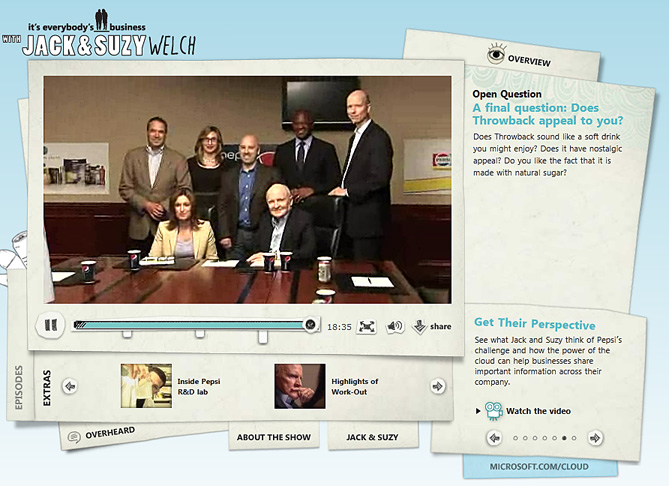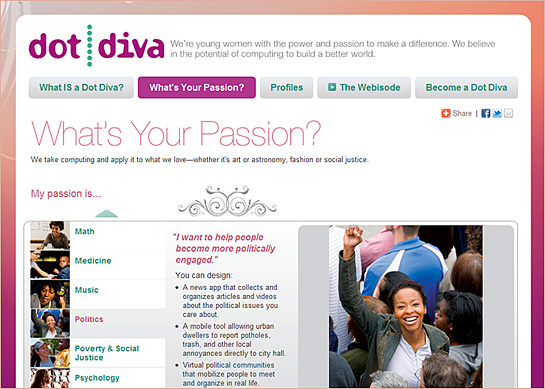From DSC:
Based upon an earlier posting that I had sent to him, below are some great resources and reflections per Joel Adams, Professor and Department Chair of Computer Science at Calvin College (in Grand Rapids, MI, USA; by the way, Joel was the originator of the Computer Science Week legislation in the United States). Joel lists some of the misperceptions out there concerning Computer Science/Scientists:
I think there is a misperception out there that computer science grads spend all their time in a cubicle, staring at a computer screen, which is not an attractive way to spend your life. What we need are images that show computing professionals in software design meetings, client meetings, pair programming, and other situations where they are interacting with people.
Another misperception is that computer science is for geeks/nerds. It seems like somehow that “pocket protector” stereotype that used to be for engineers has shifted to computer scientists. Images of people like Marissa Mayer, Steve Jobs, etc. could help dispel this:
http://www.youtube.com/watch?v=fX5UNiVPRBU&feature=fvwrel
A final [misperception] is that it is only for guys. We need images of female computer scientists to dispel this, including Ada Lovelace, Grace Hopper, the women who worked on ENIAC, as well as more modern women like Marissa Mayer and the women mentioned in this article:
http://www.maximumpc.com/article/features/15_most_important_women_tech_history
.

.
Also Joel mentioned/see:

















